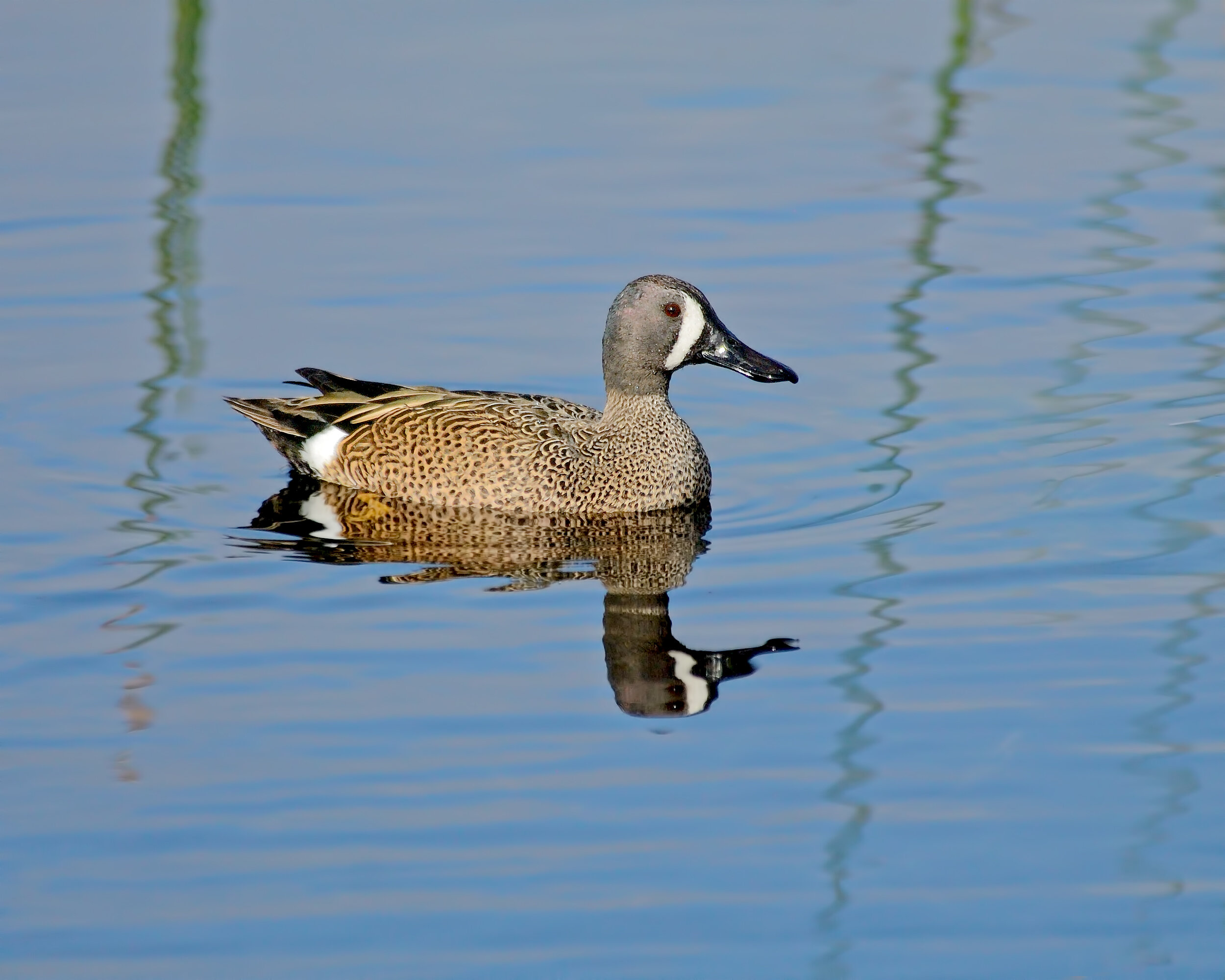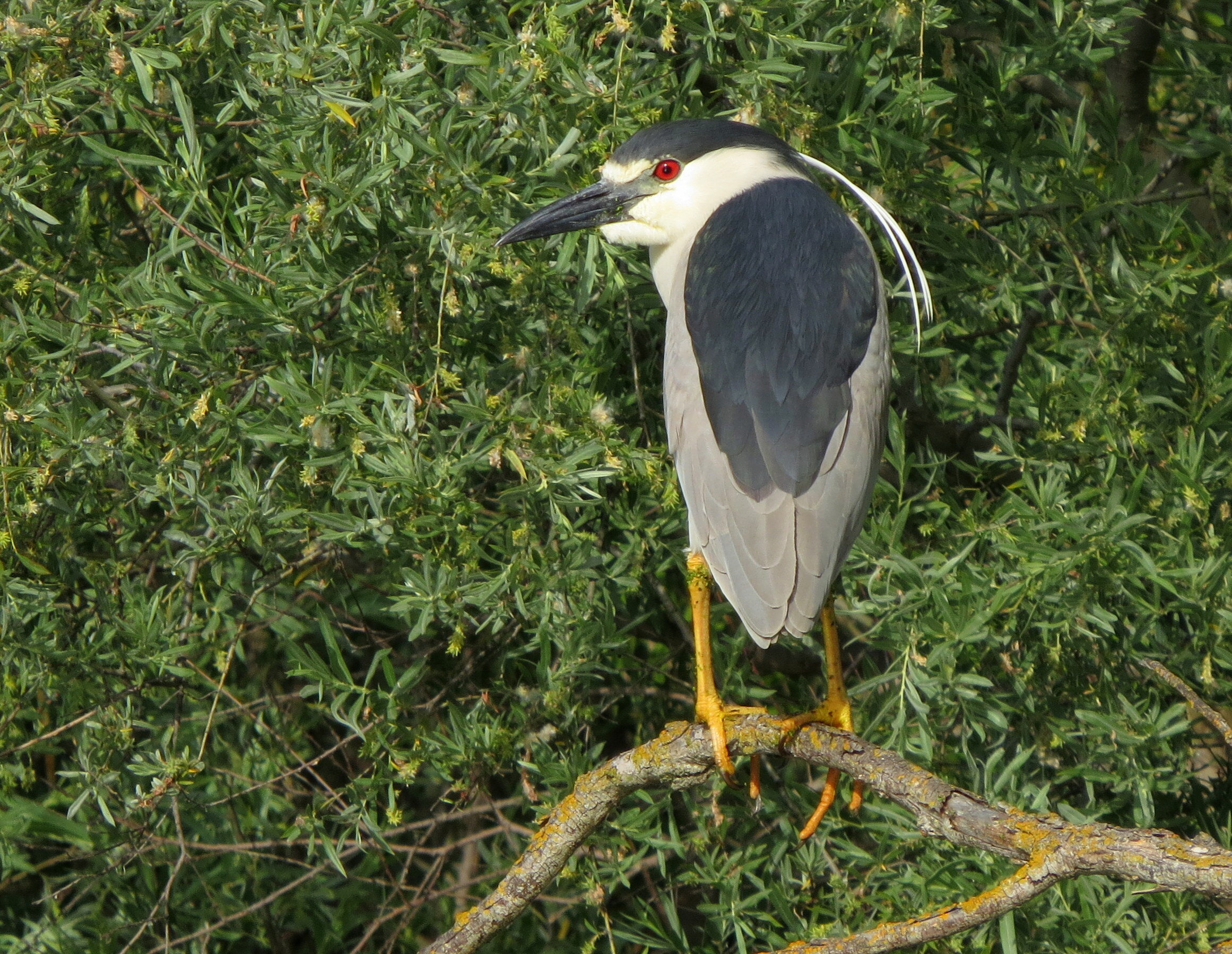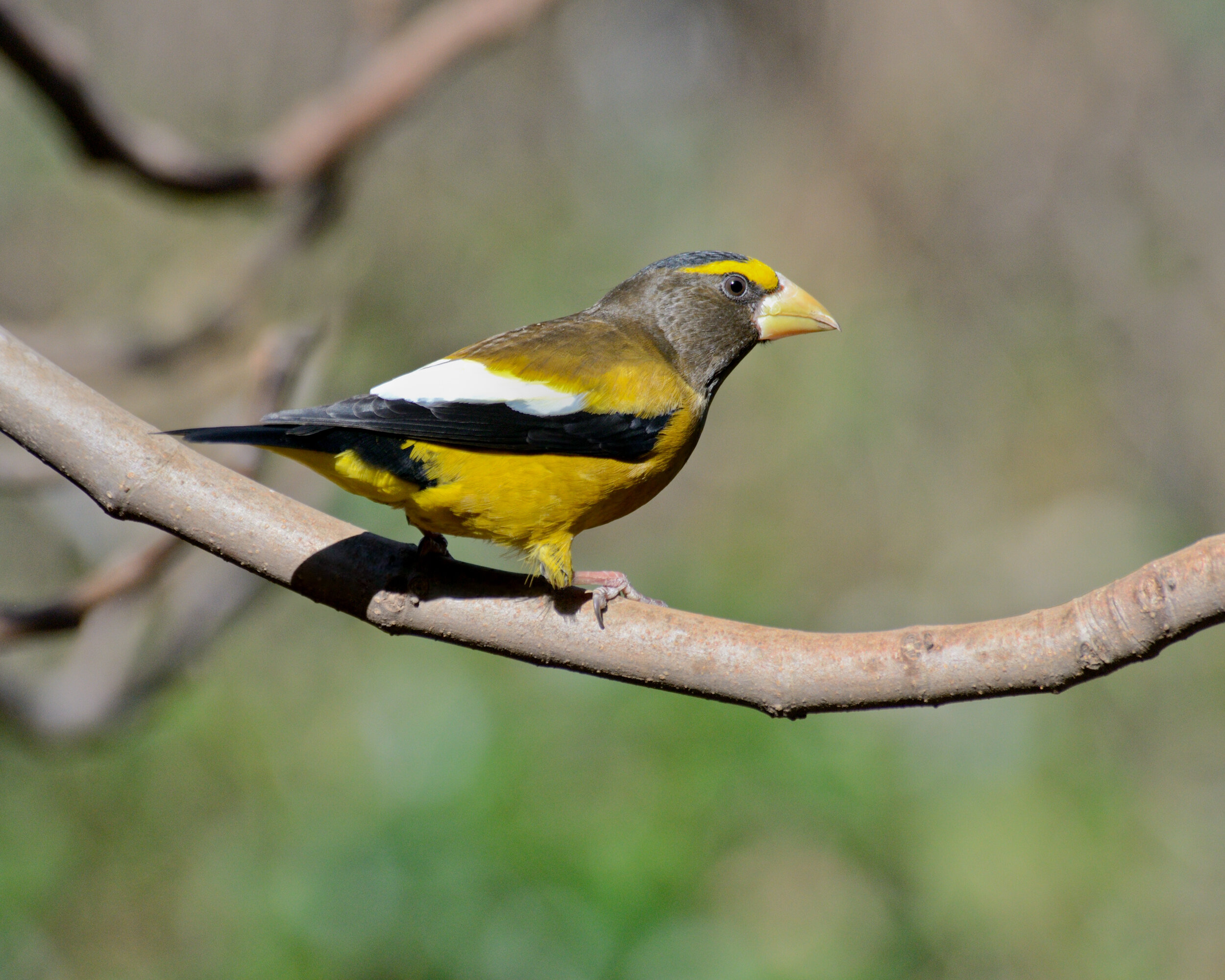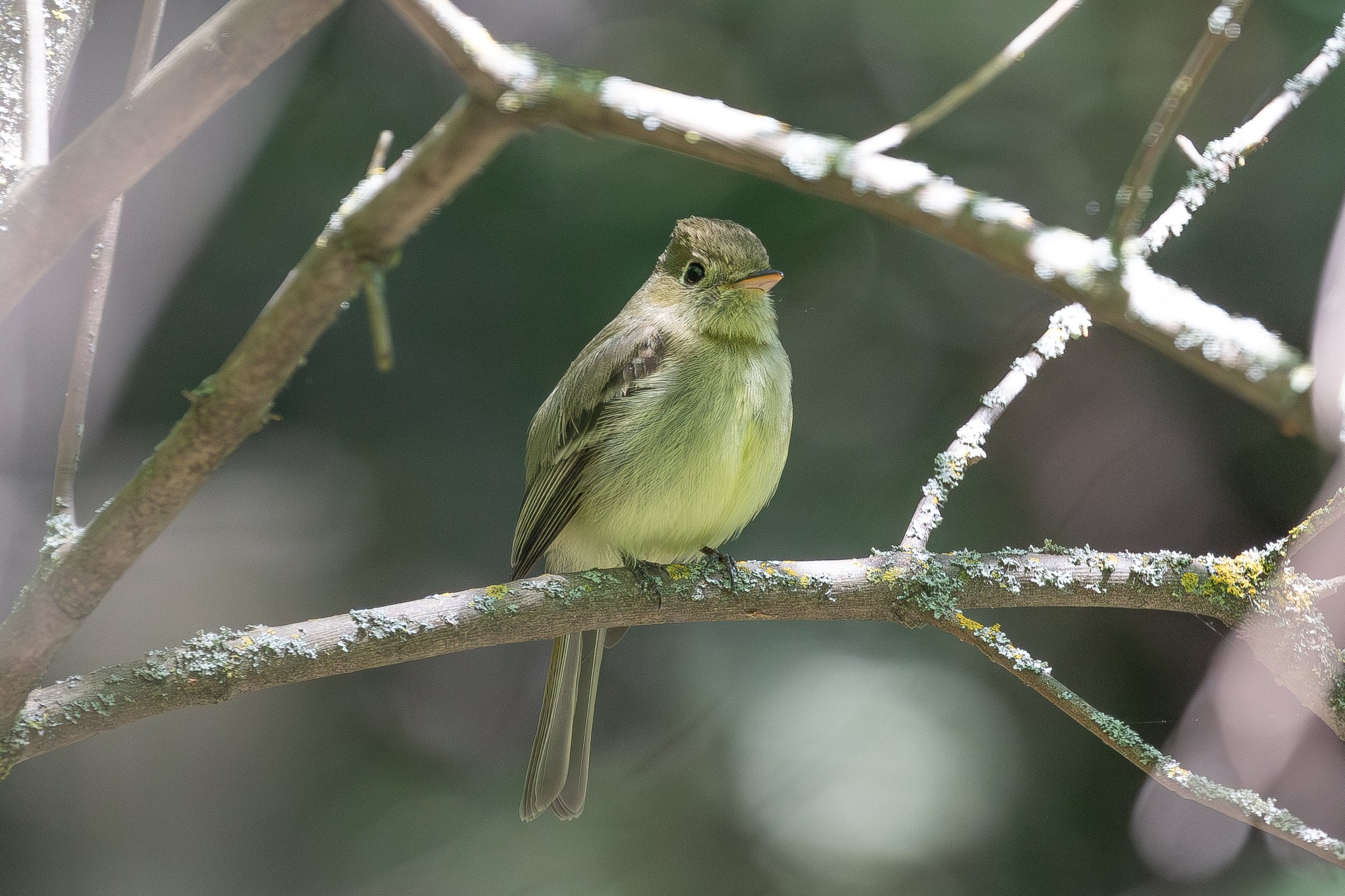Yolo County
To use the map above, click on any point. You’ll find the name and a brief description with a link to additional information. Alternatively, you can click on the square with an arrow in the upper left hand corner of the map to open a complete list of all the locations on this map. The map is easier to use if you enlarge it by clicking on the partial square in the top right portion of the map.
Fees and directions may have changed. If you have recommended changes for a location, please email them to the Web Committee.
Where to Go Birding in Yolo County
This year-round pond in West Sacramento near the eastern edge of the Yolo Causeway is one of the best places in California to see Blue-winged Teal each fall and winter. Additionally year-round resident Black-necked Stilts and American Avocets breed here in the spring.
This Global-Priority Level Important Bird Area now contains more than 25,000 acres and is just minutes from downtown Sacramento. Both seasonal and permanent wetlands are present as well as riparian woodland and valley grassland, providing habitat for a large variety of birds.
These two sites just west of the Sacramento River make for an excellent morning of birding in the spring and fall. When there is a good pulse of migrants, the woods can be hopping with warblers and other songbirds.
The sewage ponds, with numerous settling ponds and levees between them, are open to the public during weekday business hours. Birders are welcome to walk the roads around the ponds but must check in at the office and sign a “Contractor and Visitor Orientation Sheet.” Weekend access is available with advance arrangement.
This evolving wetland consists of 400 acres of ponds and upland habitat of varying depths and is a continuation of Davis’s storm water and wastewater treatment process. The Wetlands are only open to the public during limited times during the year. From February 15th through August 31st, the wetlands are open seven days/week from 7 a.m. to 1 p.m. From September 1st through February 15th, the wetlands are open Mondays only from 7 a.m. to 1 p.m.
This rookery is very active in spring with Great Egrets, Snowy Egrets, Western Cattle Egrets, Black-crowned Night-Herons, and occasionally Great Blue Herons nesting in a large stand of eucalyptus trees on private land.
The treatment ponds at this location have a fine history of attracting good shorebirds, gulls, and waterfowl. The peak season for finding rare shorebirds is from July through September, depending on water levels. Good numbers of shorebirds and gulls can be found in the winter, and spring migration can be productive as well.
This area of beautiful rolling hills lies west of Interstate 5 north of Woodland, crosses I-505 (which runs from Vacaville to Dunnigan), and extends toward the Coast Range to the west. Dotted with cattle and sheep ranches as well as vineyards, field crops and hunting clubs, these hills serve as temporary home to many species of birds in the winter, particularly raptors.
The Blue Ridge area of Yolo County is a rugged mix of steep mountains, oak woodlands, patches of riparian, outstanding vistas, and a sea of chaparral. Early mornings in the spring are best, with opportunities for Common Poorwill and bobcats in the road in the predawn, as well as Mountain Quail, California Thrasher, Bell’s Sparrow, and Lawrence’s Goldfinch.
Davis City Limits
Davis provides several excellent sites for birders. Davis residents can reach them on foot, by bike, or very short drives. A dedicated corps of Yolo Bird Alliance birders covers these sites very well, and rarities are often reported. A small sample of the available birding opportunities follows.
The University of California, Davis Arboretum has produced excellent rarities (notably Scissor-tailed Flycatcher and Red Crossbills) in addition to Red-breasted Nuthatches and Chestnut-backed Chickadees in the appropriate season as well as a rookery of Black-crowned Night Herons, Snowy Egrets, and Western Cattle Egrets.
This vital remnant of riparian habitat has become a haven for warblers, flycatchers and other migrating passerines in the spring and fall.
Slide Hill Park has produced numerous interesting finds, including Mountain Chickadee, Cassin’s Finch, Red Crossbill, and Evening Grosbeak.
When conditions are right at North Davis Ponds shorebirds can allow very close study. It is a good place to look for Short-billed Dowitchers among the common Long-billed Dowitchers and Lesser Yellowlegs among the Greater Yellowlegs.
North Davis Farms Road can be excellent in migration with the trees along the road and pond providing excellent habitat.
Willowbank Ditch is a small park gem that often provides excellent birding, especially in migration.
Banner Photo Credit: American Bittern © Daniel Lee Brown
















